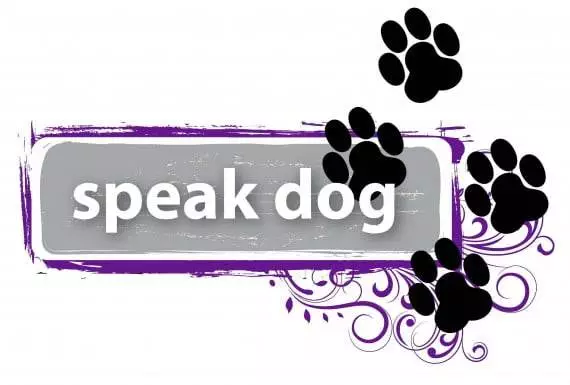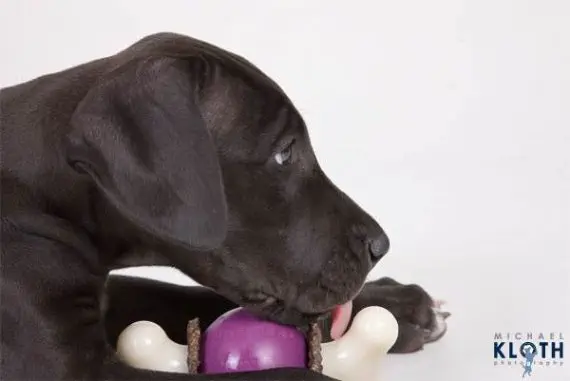Fading out treats is not something everyone understands how to do. To do it correctly it helps if you’re organized and collect data. There are a few ways to do it properly but keep in mind that the reality of treat fading is that your goal should not be to never give treats to your dog. Looking at behavior, purely at face value, you get what you reinforce (not what you want). My goal with treat fading in a dog show performance event is to get an entire performance for one big treat at the end when we leave the ring. Since AKC doesn’t allow rewards in the ring I use two or three methods of treat fading. First, I raise the criteria on the dog until I am only giving treats for behaviors I really like the quality of (perfection). I do this in a very low distraction environment. This can be hard because you always want the dog earning the treat half the time or more, needless to say it takes time to get a performance based treat fading schedule to completion. You have to take successive steps toward the goal behavior, whether it is a straight sit or a nice heel position. There’s a tricky thing about performance based treat fading, the better they perform the more frequently they are rewarded and then we are going the opposite way of fading. Not to worry, enter the second method I use for treat fading (phase two) increase repetition of behavior while maintaining quality (you’re either very lucky or a pro if you can do this yourself). Once the behavior is polished to our liking we can ask for two of the polished behavior before rewarding, after quite some time of success you can ask for three and so on. Now, this is only in regards to one behavior at a time so don’t get too excited about stringing a bunch of different behaviors together for one treat at the end yet. Once your dog can do the quality behavior several times for one reward without sacrificing the end product with each and every behavior you want (whether you want to chain together or randomly select behaviors) it is time to move on to phase three. You need to have a goal in mind, is it a retrieve you want? If so, backchaining is effective. Is it a rally course you want to navigate? If so, you won’t know what will be expected in what order so random performance would be effective. Combine behaviors in the way you want them or randomly (depending on the end goal) and go back to square one where you are rewarding for quality, add quantity, then finally reward if the dog gets everything right. Here is where many get discouraged – it will not happen quickly. Keep in mind that your dog will not play a game it never wins and you need to keep them winning enough to keep playing, hopefully half the time or more (depending on the dog). If the behavior(s) break down, go back to simpler criteria or even to a previous phase of training. On a side note I also recommend having conditions on this type of training, the dog should know the criteria. Since I treat fade for competition purposes I make sure to only train that way sometimes and I try to give the dog the knowledge that we are training that way (for instance a special and different treat bag, a certain outfit I wear, or I give a cue to initiate work mode and give another cue when work mode is over). After this is complete it is time to add distractions, generalize, and proof the behavior to new locations. These are the bare bones, so to speak, of how I do it so if you want more information don’t hesitate to email.
Puppy Socialization by Ian Dunbar
Ian Dunbar’s books offer a wealth of training information on potty training, socialization, and more. I highly recommend that anyone with a puppy read these

